In a new study of languages spoken in 43 different populations worldwide, Yale School of Medicine researchers and their colleagues identified variants of a dyslexia gene that correlate with consonant use, establishing a role for genetics in language differences between populations.
The brain uses distinct strategies to process and encode vowels and consonants, which are modified by at least one dyslexia gene, according to the study, which was published in the April issue of Proceedings of the National Academy of Sciences. The study also showed that genetic variations, along with other cultural and linguistic processes, may account for differences in consonant use between populations.
There are more than 7,000 languages spoken globally, which are thought to have been shaped by migration, conquests, and geographic isolation of populations. However, this new study suggests that genetic factors also play a role in changes in language, said the researchers.
Led by senior author Jeffrey Gruen, M.D., professor of pediatrics and of genetics at Yale School of Medicine, the research team traced READ1 sequences — a gene regulator associated with dyslexia — in nonhuman primates, Neanderthals, Denisovans, and modern humans. They found that the regulatory sequence changed between 550,000 and 4 million years ago. They compared READ1 variants among 43 populations from five continents with the numbers of consonants and of vowels present in the languages spoken by those populations. The number of consonants — but not of vowels — correlated with the frequency of RU1-1, a READ1 variant in the language’s population.
“READ1 is a highly variable and powerful control element embedded in a gene called DCDC2,” said Gruen, who adds that both READ1 and DCDC2 have been associated with reading disability and specific language impairment as well as normal reading performance and phonological processing studies of children whose primary language is English, Italian, German, Mandarin, or Cantonese.
“While conventional theories mostly attribute language changes to random fluctuations, historical conquests, and migrations, these results suggest that genetic variants affecting auditory processing may also be important,” said Gruen
The study was funded in part by the Manton Foundation and the Eunice Kennedy Shriver National Institute of Child Health and Human Development at the National Institutes of Health. (P50 HD027802) and (RO1 N543530)
Other authors on the study include Mellissa DeMille, Kevin Tang, Chintan Mehta, Christopher Geissler, Jeffrey Malins, Natalie Powers, Beatrice Bowen, Andrew Adams, Dongnhu Truong, and Jan Frijters.
Reference: “Worldwide distribution of the DCDC2 READ1 regulatory element and its relationship with phoneme variation across languages” by Mellissa M. C. DeMille, Kevin Tang, Chintan M. Mehta, Christopher Geissler, Jeffrey G. Malins, Natalie R. Powers, Beatrice M. Bowen, Andrew K. Adams, Dongnhu T. Truong, Jan C. Frijters and Jeffrey R. Gruen, 15 March 2018, PNAS.
DOI: 10.1073/pnas.1710472115

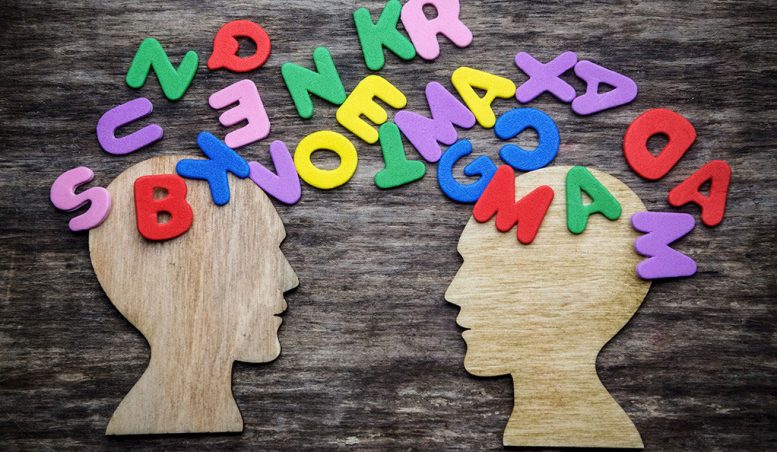
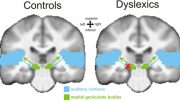
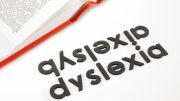
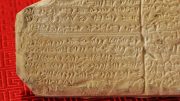
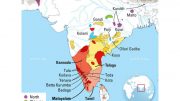


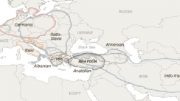

Be the first to comment on "Researchers Link Dyslexia Gene Variants to Consonant Use Across Populations"